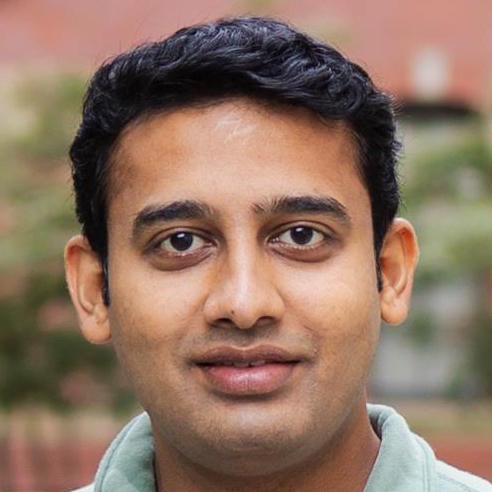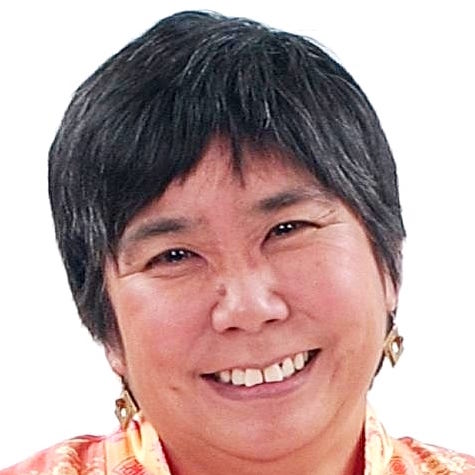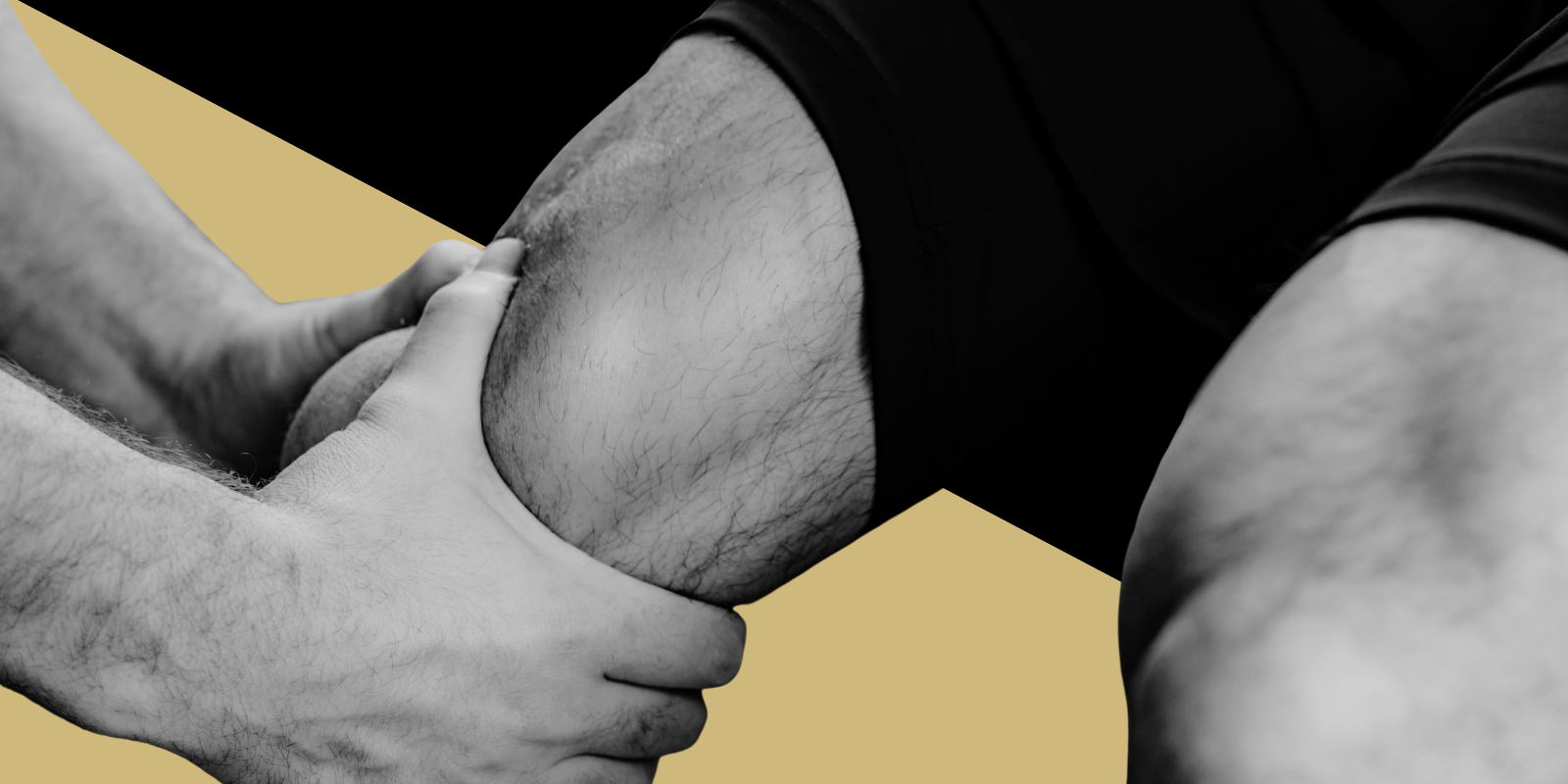Newly released World Health Organization (WHO) recommendations on maternal and newborn care include a variety of crucial areas to be addressed in the first six weeks after birth, including vaccinations, breastfeeding, and screening for postnatal maternal depression and anxiety.
“This is a critical time for ensuring newborn and maternal survival and for supporting healthy development of the baby as well as the mother’s overall mental and physical recovery and wellbeing,” Elizabeth Noble, information officer at the WHO, says in a press release on the new guidelines.
Guidelines on newborn hearing screening
Vinaya Manchaiah, AuD, PhD, a visiting professor of otolaryngology at the University of Colorado School of Medicine, Christine Yoshinaga-Itano, PhD, research professor in the Institute of Cognitive Science and faculty member in the Center for Neurosciences at the University of Colorado Boulder, and Cynthia Hunnicutt at CU Boulder contributed to the section of the WHO recommendations that deals with newborn hearing screening. The three conducted a systematic review of studies on universal newborn hearing screening and its effects on speech and language development, and their findings helped WHO officials put together their guidance on hearing screening.
“The first two years of life are a critical period for developing good speech and language skills,” Manchaiah says. “It is really important for us to screen for hearing problems when children are born, and if they're found to have a hearing, then, either through hearing devices, or through surgical implants, and we can stimulate them through therapy.”
The U.S. has universal hearing screening guidelines for newborns, but in other countries, hearing screening may not be done until age 4 or 5, if it’s done at all, Manchaiah says. The WHO guidelines recommend universal screening worldwide to ensure the best outcomes for children with hearing loss.
“If they are screened in the newborn period, are early-identified as deaf or hard of hearing and provided with interventions that include technology and therapeutic services, they can learn to speak, they can develop language, they can go to a traditional school, and they can have regular employment,” Yoshinaga-Itano says. “But if they don’t, then they aren’t able to develop speech and language appropriately and attending a traditional school will be a challenge. If you translate that to a societal level, outcomes from early identification of age-appropriate language and literacy skills and education in the typical classroom have huge economic and social consequences, making it critically important to identify and intervene as early as possible in the newborn period.”
More accessible technology
As three of every 1,000 babies have some level of hearing loss, according to the American Society of Pediatrics, it’s an important issue to address. There are two types of newborn hearing screenings — otoacoustic emissions, in which a miniature earphone and microphone are placed in the ear, sounds are played, and an echo is reflected back into the ear canal; and auditory brainstem response, in which doctors place electrodes on the baby’s head, play a sound, and measure the electrical activity in the brain that indicates the sound is being detected. The cost of the devices to administer both tests has come down significantly in recent years, Manchaiah says, making it a good time for the WHO to roll the recommendations out worldwide.
“The World Health Organization makes recommendations on global issues, not just regional issues,” he says. “We have gotten to the point where the evidence of the positive effects of earlier identification and intervention has been shown to have long-lasting impact, both on a personal level and a society level. Also, as economies are improving across the globe, many countries now have facilities to do not just the screening but the intervention. They fit hearing aids and implants and provide family-centered early intervention services that are necessary.”
Pioneering the practice
For Manchaiah and Yoshinaga-Itano, it’s especially gratifying that members of the CU School of Medicine were asked to contribute to the WHO guidelines on newborn hearing screening, as it is an area that was pioneered by Marion Downs, who became CU School of Medicine’s first director of audiology in 1959.
Downs, who died in 2014 at age 100, published her first paper advocating early testing in 1964, then spent more than 30 years trying to convince her peers to adopt the testing in hospitals and to place hearing aids on infants who showed hearing loss. In 1998, Yoshinaga-Itano published a study backing up the premise that access to earlier intervention, by 6 months of age helps children develop language normally.
“Marion Downs really led the movement of newborn hearing screening, and Colorado became a popular place for screening babies very early on,” Manchaiah says. “That spread across the nation, and now it has started to spread across the globe. It all started here.”





